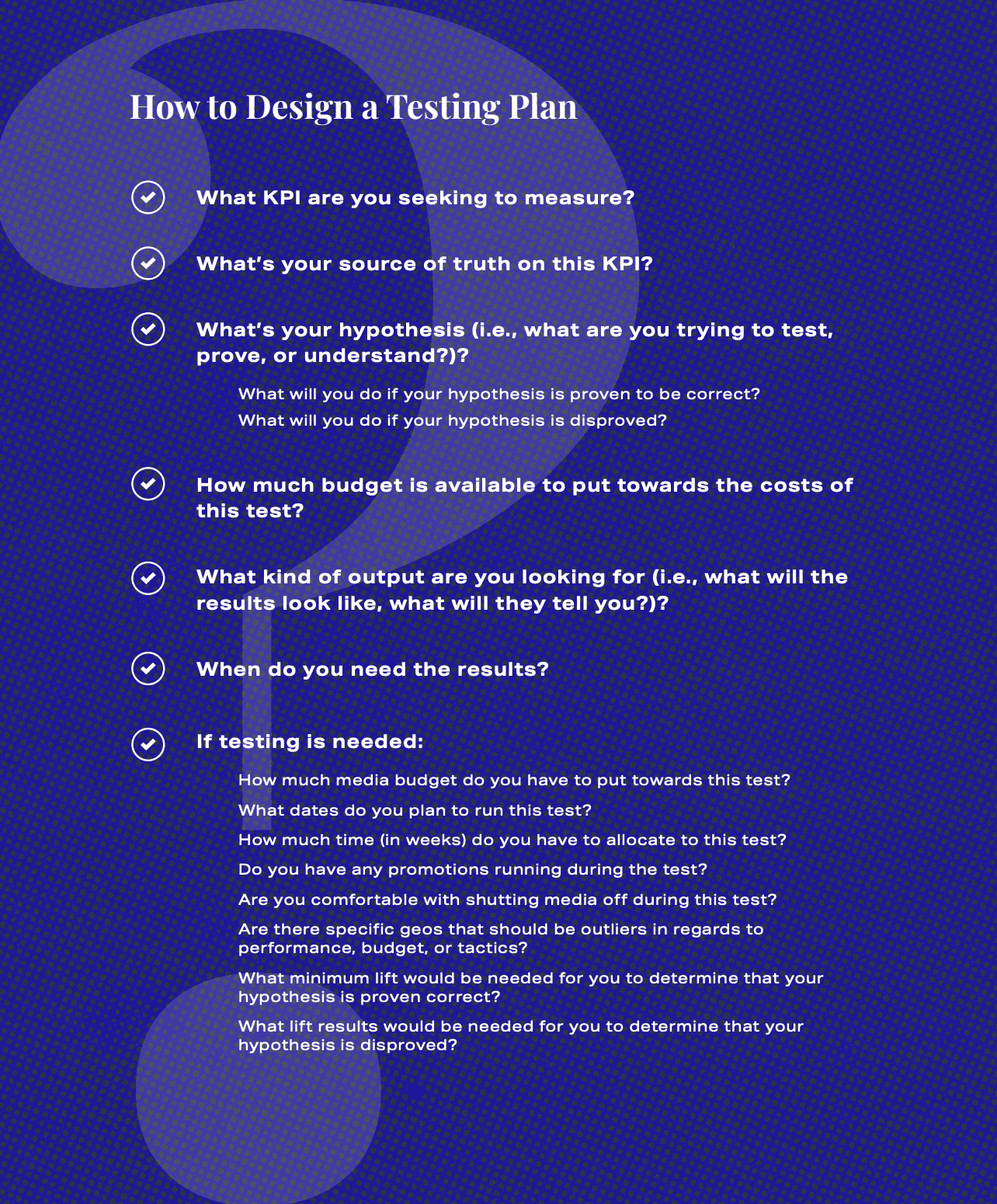Accessibility Tools
PMG Digital Made for Humans
Preparing for the Privacy-First Future of Digital Advertising
January 30, 2023 | 4 min read
Jason Hartley, Head of Search & Shopping
This article was written by Jason Hartley. As Head of Search and Shopping, Jason oversees PMG’s holistic approach to search across their client portfolio. A senior member of PMG’s Center of Excellence (COEs), he consults on media strategies across clients like Nike and Gap brands. He also leads PMG’s holistic approach to privacy. Alongside his work at PMG, Jason is a member of the Google Performance Council and ANA Ethics Policy Committee.
The path toward a more privacy-conscious ad model isn’t clearly defined, but advertisers don’t have the luxury of waiting for a well-lit path to appear.
As browsers like Firefox and Safari stop supporting cookies, opt-in addressability solutions crop up across data cleanrooms and identity frameworks, and pending deadlines—like the phase-out of third-party cookies on Google Chrome—loom, uncertainty in the market can’t stall progress.
Brands need to start taking actionable steps now to prepare their audiences, strategy, and methods of measurement for the next era of advertising.
It is undeniable that signal loss due to changes in platforms—cookie deprecation, reduced-fidelity mobile IDs, easier opt-outs from tracking—and sweeping privacy regulations like GDPR and CPRA point to a future of advertising that is more private, more regulated, and more challenging, but also more considerate of audiences and consumers.
An advertising ecosystem where people have greater control over their data will ultimately be more human, more meaningful, and more sustainable than the cookie-based approach of the last two decades. And while performance will continue to be disrupted by more changes to come, there are encouraging signs that brands will be able to harmonize consumer control while still getting strong results from their media investments.
Evolve the Role & Design of CRM
Digital advertising has long relied on bidstream signals of consumer behavior and intent to decide when and where to run ads, as well as how much to bid on them.
With signal loss taking hold through initiatives like Apple’s App Tracking Transparency Framework (ATT), the quality of those signals is eroding and will only continue to deteriorate over time. Rather than relying on degrading data to understand and communicate with customers, advertisers can instead utilize a tool already at their disposal: Market research.
Market research is commonly used to measure the landscape of the larger market to test new concepts and initiatives and to build segmentations defining different groups of customers who purchase their products.
The current and upcoming privacy changes make this research even more relevant, and marketers can expand their use of this tool by additionally honing in on their own CRM audiences. By listening to—and segmenting—both current customers and potential customers, marketers will own and control their data about their customers and brand.
“The current and upcoming privacy changes make this research even more relevant, and marketers can expand their use of this tool by additionally honing in on their own CRM audiences.”
This will help them leverage clustering analysis to design more effective CRM segments, determine which platforms to run on, and define wider pools of prospecting audiences based on consumer interests.
By no longer relying on bidstream data to effectively target current and potential customers at auction, they can leverage their proprietary research on their own audiences to design their media plans and audiences.
Reevaluate Prospecting Audiences
With the deprecation of third-party cookies and other signal losses, large-scale prospecting audiences will be more difficult to cultivate, particularly for programmatic media in the open exchange.
Programmatic platforms are seeking alternative solutions, such as Google’s focus on building Topics AI or publishers building their own audiences based on user site behaviors, as replacements for current programmatic behavioral targeting. However, there are already expectations that contextual targeting like Topics AI will see poorer performance and that seller-based audiences will be inconsistent in taxonomies until a consensus is reached.
STRATEGIC ADVANTAGES OF WALLED GARDENS
Social platforms are maintaining a strategic advantage at the moment, as user signals are captured within their walled gardens.
To get ahead of competitors and develop robust prospecting audiences, advertisers can begin to explore how much scale their in-platform social audiences have and determine where they can shift some of their upper-funnel spend from programmatic display to social.
For those marketers who choose to build consumer segmentations from their proprietary market research, they have an additional tool for building and testing new audiences.
This doesn’t mean that all programmatic is on the path to lower performance. Upper-funnel advertising, such as audio and CTV, is also being bought programmatically, where user behaviors and preferences can be measured, thus allowing for more refined targeting.
Audience evaluation will need to be constantly revisited as we get closer to Google’s 2024 deadline for eliminating cookies. Current trends indicate that social platforms could provide more specific audiences to target for upper-funnel display, but things could change, especially as Topics AI and seller-based audiences are tested and refined to become more effective at scale.
By keeping up with industry trends and being flexible in testing new platforms and audiences, marketers can stay one step ahead and maintain media efficiency.
Define & Develop Sources of Truth
The deprecation of third-party cookies also means that the future of platform attribution now hangs in the balance.
Advertisers looking at performance solely in terms of platform attribution have always experienced challenges, as viewing conversion credit across platforms creates blind spots for exposure overlap. Now is a great time for advertisers to solidify a single source of truth for reporting, as well as integrate Media Mix Modeling (MMM) and frequent testing programs into their reporting suites. Each organization will need to assess these platforms and choose what works best for their needs.
Platform attribution will remain essential for daily campaign pacing and optimizations. However, maintaining a separate, holistic source of truth for reporting will provide a deduped view of conversions and revenue, which will not only enable more efficient budget allocation but also be increasingly important as more and more data is lost to signal deprecation.
Brands should look to leverage technology, such as PMG’s Alli marketing intelligence engine, to aggregate and streamline data sources. Media Mix Modeling and testing will allow for more durable, post-cookie measurement that informs incrementality and strategy decisions to help round out a brand’s measurement suite.
While MMM and incrementality testing may seem more challenging right now with the industry’s current heavier reliance on digital attribution, this kind of advanced measurement could ultimately lead to more accurate measurement that stands up in a boardroom.
Whether a brand is working with well-established providers, developing their own in-house solutions or partnering with their agencies, once an MMM engagement has been established, marketers can focus on enriching their source of truth data with their MMM insights to steer optimization (e.g., proxies).
Longer term, marketers will need to monitor which solutions enter the marketplace to help steer daily optimization.
“Brands should look to leverage technology, such as PMG’s Alli marketing intelligence engine, to aggregate and streamline data sources.”
Create a Testing Plan to Guide Your Organization’s Diversification Roadmap
There won’t be a silver bullet to replace strategies built upon third-party cookies, so brands must embrace new opportunities that complement and integrate into their core marketing programs. As privacy-first innovations continue to roll out, brands that lean into these changes will be best positioned for a more privacy-conscious future. New products like Google Performance Max, implementing server-to-server integrations across platforms, advanced bidding and audience optimization levers, and more should be tested and their learnings applied across programs.

To plan and organize their diversification roadmap, marketers will be well-served by creating a testing plan.
Not only can this help them track and quantify what features and capabilities will be gained and lost as things change, but also serve as guides for decision criteria, potential outcomes, and action steps.
Not all explorations will be tests, but more like pilots, to explore how a capability is different from the status quo and how it can best be integrated into the media mix. All these explorations can be developed and defined in a testing plan, which will help keep everyone in lockstep as the industry evolves.
First Movers Lead the Way in Future Proofing Business
It should be clear by now that brands that take a proactive and holistic approach to preparing for a privacy-centric future will be the ones that thrive.
For instance, PMG has developed strategies for clients like Gap, Best Western Hotels & Resorts, Madewell, and Kohler, among others, focusing on staying ahead of the industry in all facets of their marketing programs.
From early testing of cookieless partners like Amazon, to developing an optimization plan for iOS 14 signal loss before the loss occurred, preparing contingencies based on what performance might look like (including moving budgets), testing new products (e.g., Google Performance Max being the most recent), evolving audience approach (e.g., consolidating on Facebook), and creating a holistic measurement strategy that balances attribution, MMM, mobile measurement partners, and other data, we can ensure each brand’s investments are maximized across all channels.
Final Thoughts
The Bottom Line
As brands look to appeal to and engage with audiences in the post-cookie world, full funnel positioning will be even more important.
Navigating the ever-changing landscape of new solutions and privacy-conscious technology will demand flexibility, and brands that prepare their audience strategies, media investments, and measurement solutions now won’t be caught off guard when the privacy-conscious future of advertising comes into focus in the months and years to come.
Use market research to augment the customer data you have.
Expect the roles of channels to be dynamic
Develop a measurement strategy beyond attribution
Lean into emerging privacy innovations, guided by a testing plan



